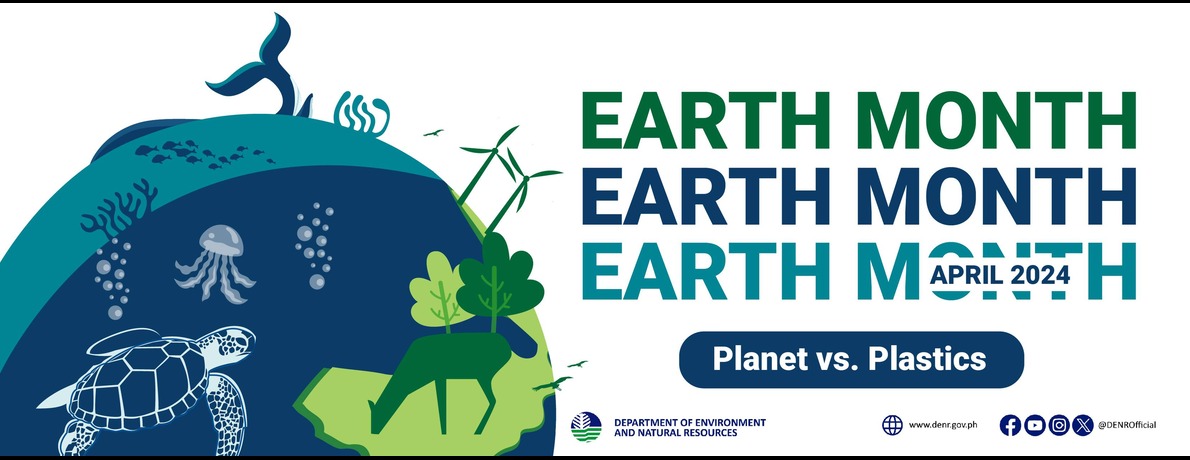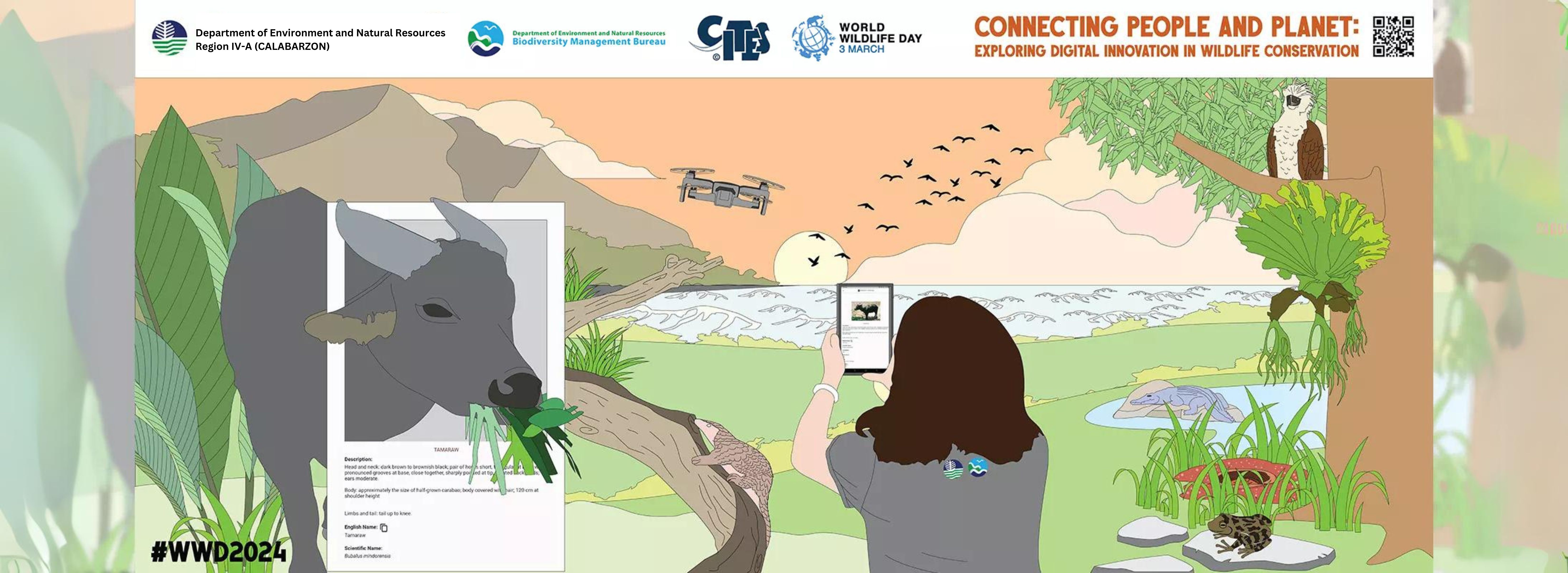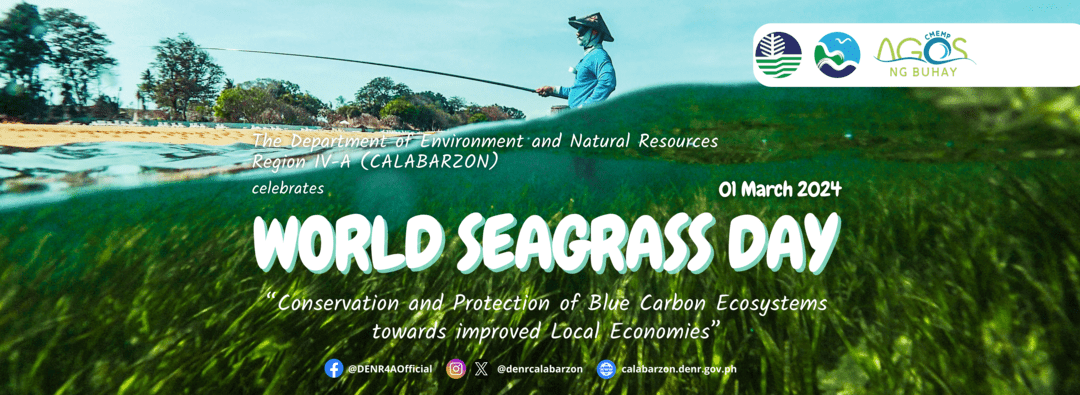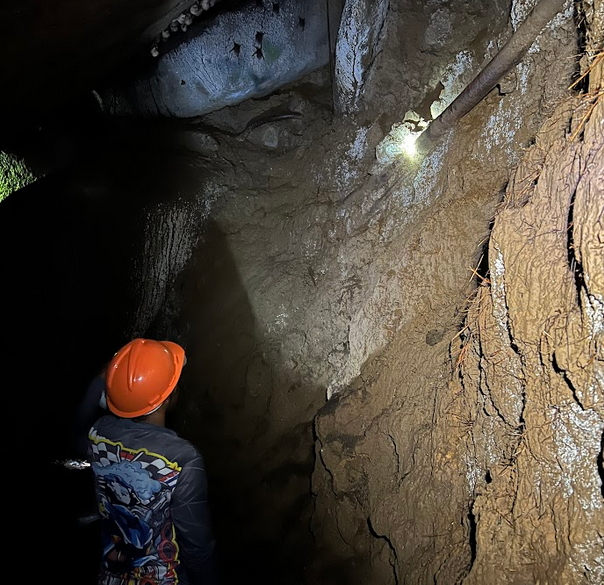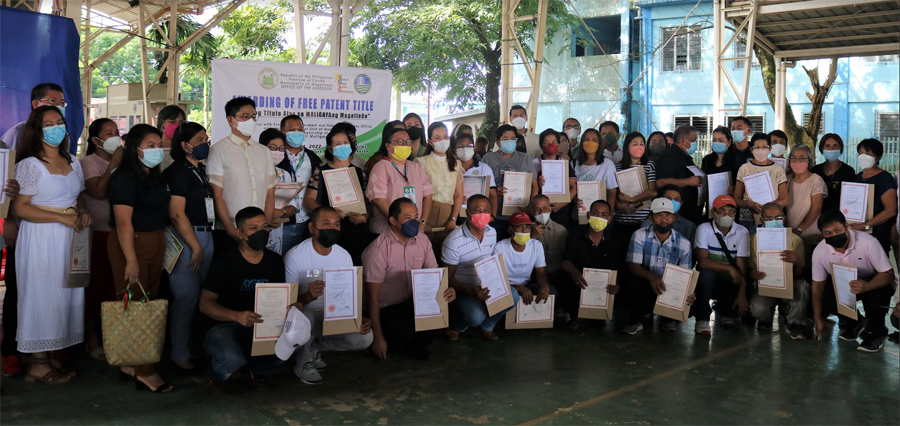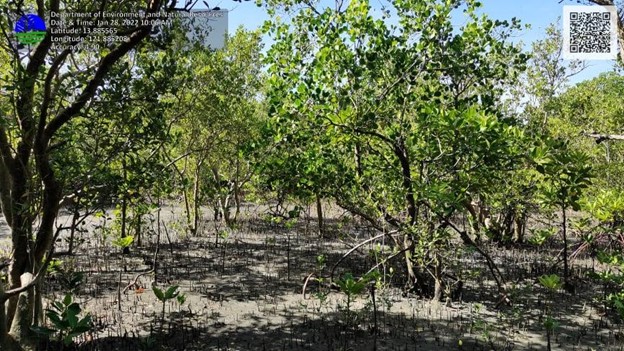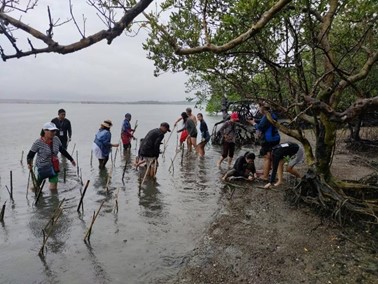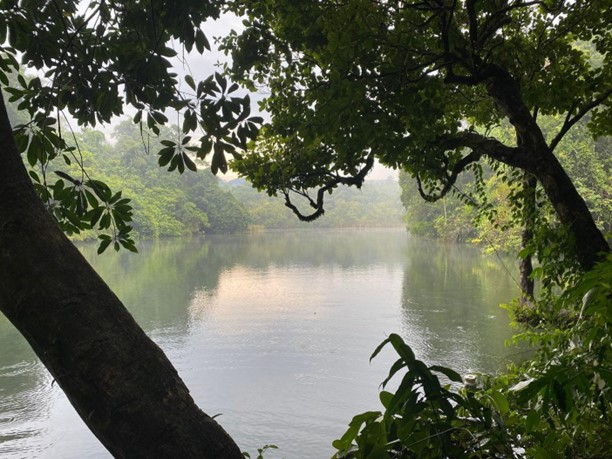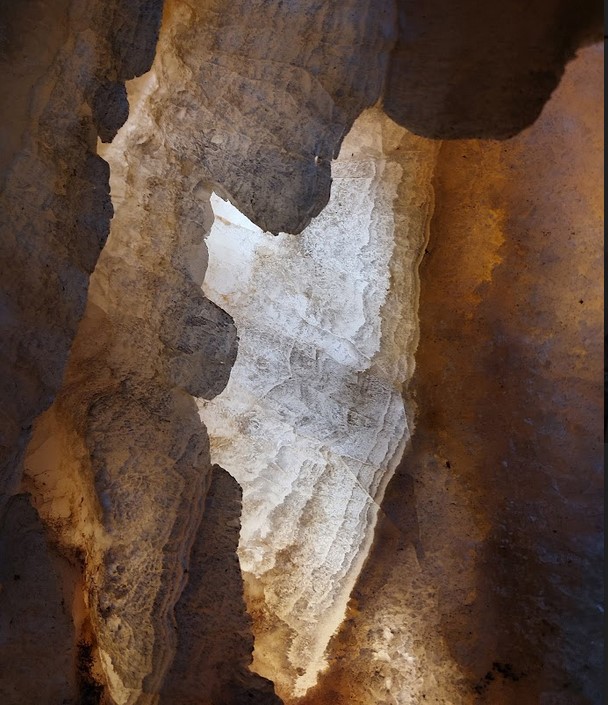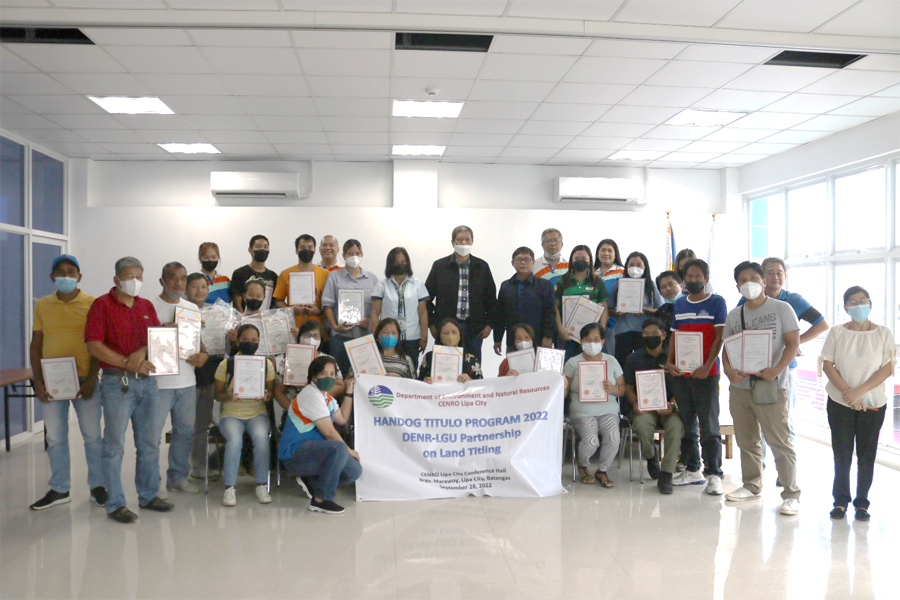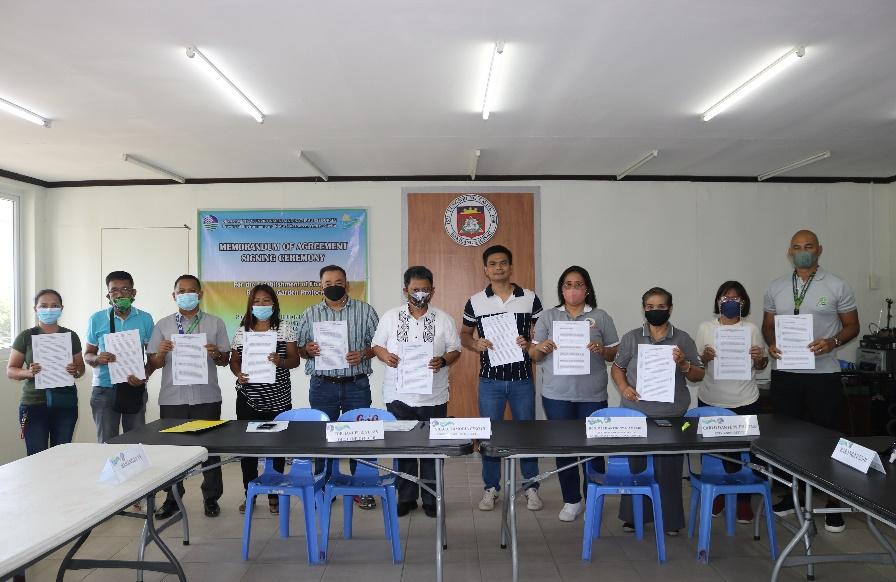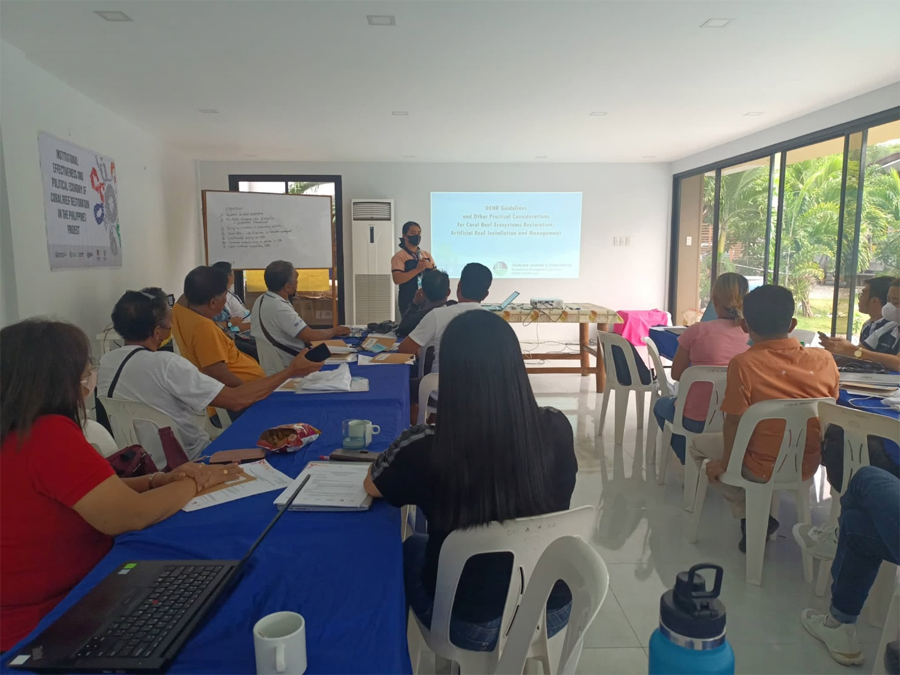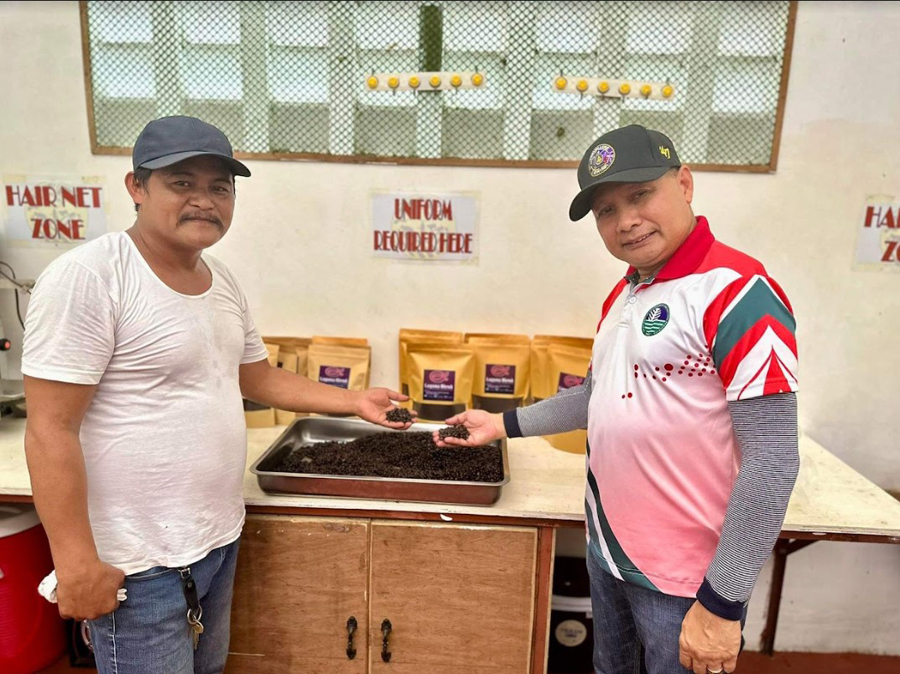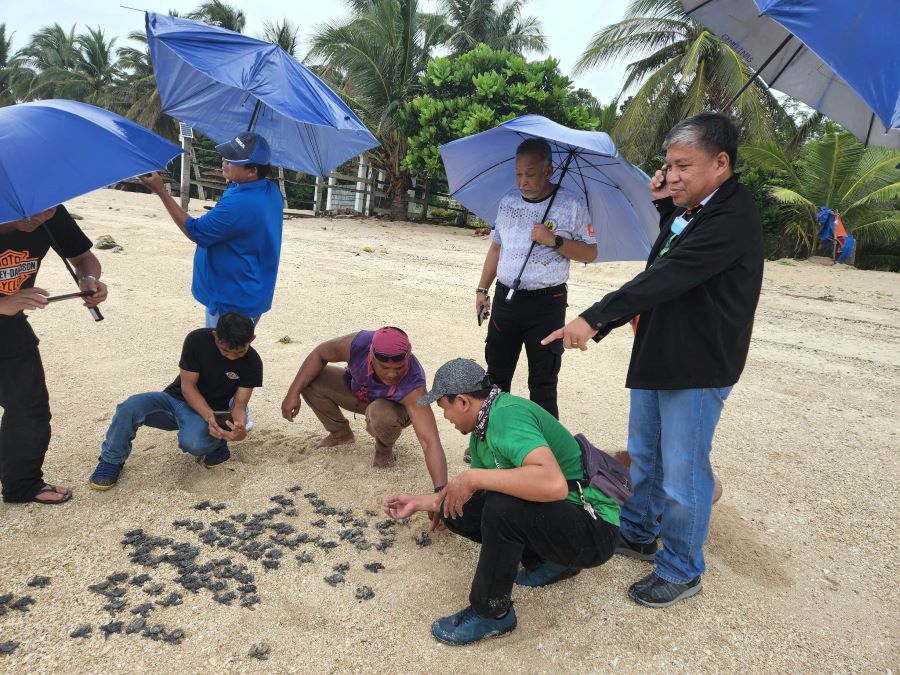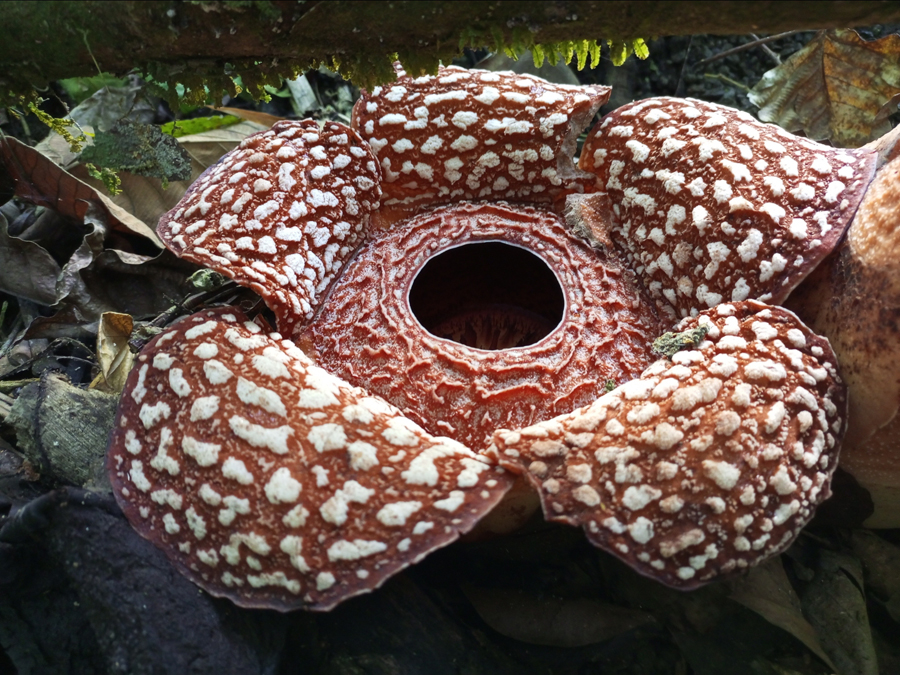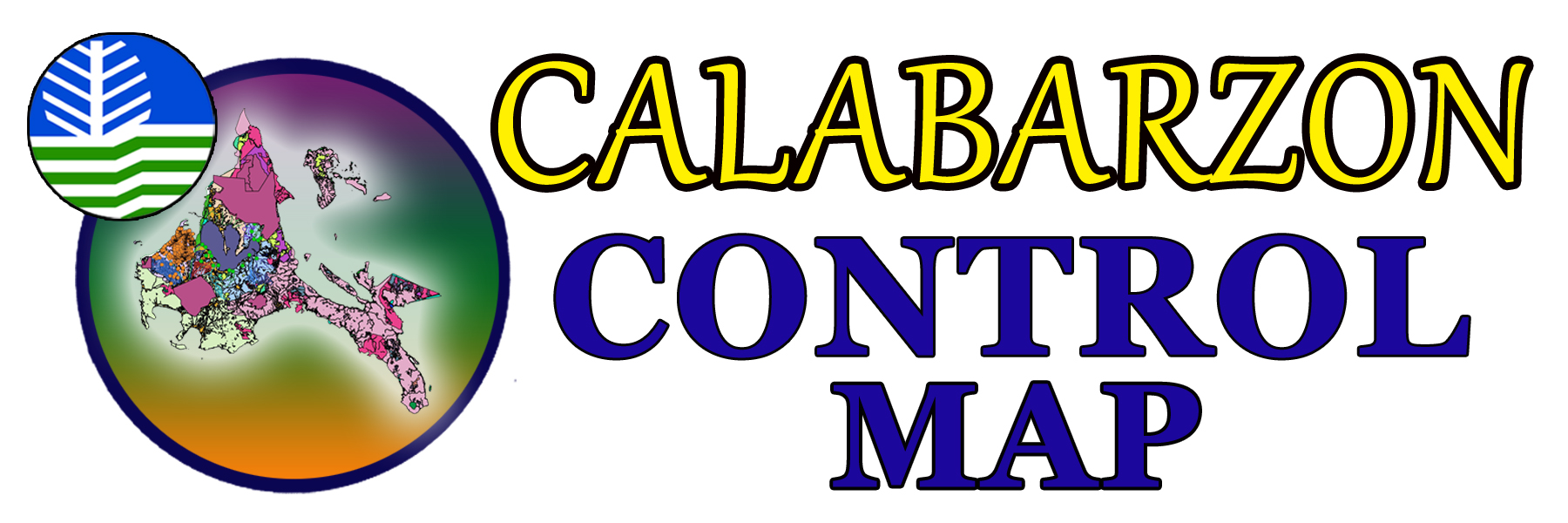The Philippines once again demonstrated its strong commitment to the global fight against illegal wildlife trade after the Bureau of Customs (BOC) formally turned over on Monday its seized stockpile of rhinoceros horns to the Biodiversity Management Bureau (BMB) of the Department of Environment and Natural Resources (DENR).
The turnover of the contraband -- estimated to be worth P74 million in the black market -- was done in simple rites at the BMB office inside the Ninoy Aquino Parks and Wildlife Center (NAPWC) in Quezon City. BMB Director Theresa Mundita Lim received the seized horns from the BOC, represented by its Environmental Protection Unit head Lt. Angelito Cruz.
Lim said the turnover of seized rhino horns to the BMB, the agency responsible for the implementation of the Philippine commitment to the Convention on International Trade in Endangered Species of Wild Flora and Fauna (CITES), was a reaffirmation of the country's resolve to end illegal wildlife trafficking and trade.
The Geneva-based CITES is an international treaty developed in 1973 to regulate commercial trade in certain wildlife species, including the critically endangered rhinoceros.
“We may not have rhinoceros in our country, but this does not mean we will allow others to use them and other such wildlife for unscrupulous gains and contribute to their extinction as a species,” Lim said.
Lim disclosed that the BMB would coordinate with the country of origin, Mozambique, for the possible return of the specimens.
Should the African state refuse to accept them, they would be disposed of properly or possibly destroyed, she added.
The horns were seized by the BOC in September 2012 at the Manila International Container Port. They had been declared as cashew nuts and shipped by Chistevas Import and Export from Maputo City, Mozambique.
The BMB had been coordinating with the BOC for the turnover of the specimens since their seizure. The process was put on hold as the BOC management underwent some changes.
The rhinoceros population is listed under Appendix I of the CITES, which means that its international trade and that of its by-products are strictly prohibited.
CITES is an international agreement between governments to ensure that the survival of wild animals and plants is not threatened by international trade. The BMB is the CITES Management Authority for terrestrial species in the Philippines.
Republic Act No. 9147, also known as the Wildlife Resources Conservation and Protection Act, designates the BMB’s Wildlife Rescue Center as depository of seized wildlife specimens, their derivatives or by-products.
It can be recalled that in June 2013, the DENR destroyed at least five tons of smuggled elephant tusks using a road roller, making the Philippines the first country in Asia to conduct physical destruction of massive ivory stockpile in support of global efforts to stamp out illegal wildlife trade.
The pulverized tusks were later on cremated in a government incinerator to ensure complete destruction, and the ashes were added as material in an elephant monument installed at the NAPWC.
As for the rhino horns, Lim said that the contraband’s country of origin suggests that the rhinos are African in species.
There are two African species – the white and black rhinos. Both have two horns. A subspecies of the white rhino, the northern white, is facing certain extinction as there are only five left in captivity and none in the wild.
The rhinoceros is the world’s second largest land mammal next to the elephant, and is ranked as one of the planet’s most endangered species.
This herbivore’s survival is threatened by extinction due to poaching for its horns, which, like the elephant, is a source of ivory. Some cultures also believe that its horn, when ground into dust, contains therapeutic properties.
Aside from the African species, other rhino species are Asian – the Sumatran, Indian, and Javan rhinos.
The two-horned Sumatran rhino, the smallest of the species, can be found in Indonesia and Malaysia. The single-horned Javan rhino can be found in Indonesia and Vietnam, while the Indian or great one-horned rhino is only found in India and Nepal. Sadly, the estimated population of the Sumatran and Javan species also indicate that they are facing extinction. #


